Joe Zuffoletto, Gary Wells, Brian Gill, Geoff Schneider, Barrett Tucker, Rich Helton, Michael Madrid, Sunil Makhijani9780764548543, 0764548549
Table of contents :
BEA WebLogic Server Bible……Page 1
Copyright……Page 2
Table of Contents……Page 3
Part I: Preparing Your Enterprise for WebLogic……Page 15
Introducing WebLogic Server……Page 16
Taking WebLogic for a Spin……Page 18
Spotting WebLogic in the Real World……Page 20
HTTP server……Page 22
Gateway to the J2EE APIs……Page 23
CORBA support……Page 24
Security services……Page 25
Management and monitoring tools……Page 26
Understanding WebLogic™s Role in the Enterprise……Page 27
Summary……Page 28
Object-oriented programming in Java……Page 30
Object-Oriented Analysis and Design……Page 31
TCP/IP networking and distributed systems……Page 32
Legacy systems……Page 33
Collaborative discipline……Page 34
Project manager……Page 36
Database designer/database administrator……Page 37
Java/J2EE developer……Page 38
Quality Assurance (QA) team……Page 39
WebLogic administrator……Page 40
Gathering requirements……Page 41
Managing development……Page 42
Planning the rollout……Page 43
Keeping morale high……Page 44
Summary……Page 45
How J2EE separates applications into tiers……Page 46
The Model-View-Controller design pattern……Page 47
Model-View-Controller as a methodology for designing multitier applications……Page 48
Containers……Page 49
Components……Page 50
Organizing Components into Applications……Page 51
Model tier patterns……Page 52
View tier patterns……Page 53
Controller tier patterns……Page 54
Deploying Components in WebLogic™s Containers……Page 56
Identifying requirements……Page 57
Organizing requirements by user role……Page 59
Expressing requirements in use case diagrams……Page 61
Exploding use cases into activity diagrams……Page 62
Mapping functionality to MVC with swimlanes……Page 63
Selecting appropriate J2EE components and modeling their interactions……Page 65
Other considerations……Page 66
Summary……Page 68
Configuring a Computer for Development……Page 69
Installing WebLogic Server……Page 70
Running the installer……Page 71
Starting WebLogic Server……Page 75
Shutting down WebLogic Server……Page 76
Optimizing the WebLogic Server startup process for development……Page 77
Examining the environment……Page 78
Adding domains for testing and production……Page 80
Installing JDBC Drivers……Page 83
Summary……Page 84
Part II: WebLogic and the J2EE APIs……Page 85
JDBC versions and packages……Page 86
JDBC architecture……Page 87
WebLogic and third-party drivers……Page 93
MultiPools……Page 95
DataSources……Page 96
Configuring connection pools……Page 97
Configuring MultiPools……Page 103
Configuring DataSources……Page 105
Programming WebLogic JDBC……Page 107
Obtaining connections……Page 108
Using Connections to execute Statements and process Results……Page 111
Closing connections……Page 112
Summary……Page 113
What is a transaction?……Page 114
Local and distributed transactions……Page 115
Transaction isolation levels……Page 116
Transaction demarcation……Page 118
Understanding JTA……Page 119
Transaction-aware resource managers……Page 120
Configuring WebLogic JTA……Page 122
Programming a local transaction with the WebLogic JTS driver……Page 123
Programming a distributed transaction with the Oracle XA driver……Page 126
Summary……Page 130
JNDI versions and packages……Page 131
JNDI architecture……Page 132
Obtaining a reference to WebLogic™s context……Page 135
Using subcontexts to organize the JNDI tree……Page 137
Performing lookups on objects bound to the WebLogic JNDI tree……Page 138
Performing lookups against an LDAP directory……Page 139
Using WebLogic JNDI to Deploy Objects in a Clustered Environment……Page 143
Deploy the custom object separately to all servers……Page 144
Summary……Page 145
RMI versions and packages……Page 146
RMI architecture……Page 148
Comparing WebLogic RMI to JavaSoft RMI……Page 150
Performance and scalability……Page 151
Writing Your First WebLogic RMI Application……Page 154
Write the server……Page 155
Compile the remote interface and the server……Page 156
Write a client that remotely calls the server……Page 157
Configure the RMI server as a WebLogic startup class……Page 158
Verify correct deployment of the RMI server……Page 160
Run the client and test the server……Page 161
Building a server……Page 162
Building the clients……Page 165
Invoking Client Methods from RMI Servers……Page 171
Calling EJBs from RMI Servers……Page 176
Summary……Page 178
JMS architecture……Page 179
Configuring WebLogic JMS……Page 183
Creating a connection factory……Page 184
Defining a file backing store……Page 186
Defining a JDBC backing store……Page 187
Defining destination keys……Page 188
Defining templates……Page 189
Defining a JMS server……Page 190
Creating a message queue……Page 191
Creating a message topic……Page 192
Sending messages……Page 193
Receiving messages synchronously……Page 201
Receiving messages asynchronously……Page 206
Receiving messages concurrently using session pools……Page 212
Filtering incoming messages……Page 215
Browsing messages in a queue……Page 217
Creating durable subscribers to topics……Page 218
Working with JMS transacted sessions……Page 220
Working with JTA transactions……Page 221
Summary……Page 229
JavaMail architecture……Page 231
Creating a mail session……Page 236
Adding POP3 to WebLogic……Page 237
Obtaining a mail session via JNDI……Page 238
Deployment descriptor for the examples……Page 239
Example: Send Mail servlet……Page 240
Overriding mail session properties……Page 242
Authenticating a mail session……Page 243
Example: Send Mail servlet 2……Page 244
Sending a message to multiple recipients (bulk mail)……Page 247
Navigating stores……Page 248
Retrieving and Displaying Messages with WebLogic JavaMail……Page 251
Example: Display messages……Page 252
Analyzing message flags……Page 256
Expunging messages……Page 257
Example: Displaying message details……Page 258
Summary……Page 263
Part III: Developing Web Components……Page 264
Overview……Page 265
The servlet API: Versions and packages……Page 266
The Web container and Web applications……Page 267
How servlets work……Page 269
The servlet life cycle……Page 271
Creating a simple Web application……Page 272
Writing a simple servlet……Page 274
Deploying and testing the servlet……Page 276
Working with sessions……Page 277
Working with the servlet context……Page 282
Dispatching requests to other resources……Page 283
Securing your application……Page 284
Gathering the requirements……Page 287
Building the application……Page 288
Deploying the application as a WAR file……Page 304
Summary……Page 305
Product of evolution……Page 306
How JSPs work……Page 307
Model-View-Controller……Page 308
The JSP compiler……Page 309
Configuring the WebLogic Application Extension Deployment Descriptor……Page 310
Deploying your first JSP in WebLogic Server……Page 317
Programming JavaServer Pages……Page 320
Directives……Page 321
Scripting……Page 324
Comments……Page 327
Implicit objects……Page 328
Actions……Page 330
JSP example……Page 332
Error handling……Page 339
Debugging……Page 340
Deploying your first JavaBean……Page 342
JSP bean tags……Page 344
JSP and JavaBean example……Page 349
Using servlets to handle requests……Page 351
Summary……Page 355
Tag handler lifecycle……Page 356
Main interfaces……Page 359
Convenience classes……Page 360
Supporting interfaces and classes……Page 364
Programming a tag handler class……Page 367
Defining a Tag Library Descriptor……Page 370
Configuring the WebLogic Web application deployment descriptor……Page 374
Using a tag extension within a JSP……Page 375
Resolving a tag extension……Page 379
Programming a TagExtraInfo Class……Page 380
WebLogic JSP form validation tags……Page 383
WebLogic EJB-to-JSP Integration Tool……Page 385
Summary……Page 386
Part IV: Developing EJB Components……Page 387
Overview……Page 388
Session beans……Page 389
Message-driven beans……Page 390
EJB Components……Page 391
Home interface……Page 392
Remote interface……Page 393
Implementation class……Page 394
Deployment descriptors……Page 396
Transaction support……Page 399
Clustering support……Page 401
Improved: CMP for entity beans……Page 402
Summary……Page 404
Overview……Page 405
Inherently reusable……Page 406
Comparing Stateless and Stateful Beans……Page 407
Home interfaces……Page 409
Session EJB interfaces……Page 410
Implementation class……Page 411
Stateful EJB exampleŠAnalyzePortfolio……Page 423
Clustering Session Beans……Page 429
Summary……Page 430
Entity bean lifecycle……Page 431
CMP relationships……Page 432
EJB QL……Page 433
Define the home interface……Page 434
Define the remote interface……Page 435
Create the bean……Page 436
Create value object class (optional)……Page 444
Create the deployment descriptors……Page 446
Create the Department bean……Page 448
Define the Course bean……Page 453
Create the deployment descriptors……Page 457
Concurrency and locking……Page 468
Trade-offs between BMP and CMP……Page 470
JBuilder……Page 471
Summary……Page 472
How message-driven beans differ from other EJBs……Page 473
Deciding whether to write a message-driven bean or a JMS client……Page 474
The message-driven bean context……Page 475
Implementing business logic……Page 476
Deployment descriptors……Page 477
Transaction attributes……Page 478
Deploying message-driven beans using WebLogic Console……Page 479
Application design issues……Page 480
Source code……Page 481
Deploying the message-driven bean……Page 486
Summary……Page 488
Part V: Deploying and Testing Enterprise Applications……Page 489
Deployment descriptors……Page 490
JARŠJava archive format……Page 491
Steps to create a Web application……Page 492
Web application directory structure……Page 493
Configuring your Web application……Page 494
Packaging Enterprise Applications……Page 504
Classloading in Enterprise Applications and WebLogic Server……Page 506
The JAR manifest file class-path header……Page 507
Summary……Page 508
Determining performance goals……Page 509
Load testing……Page 510
Areas of performance tuning……Page 514
Monitoring performance graphs from the console……Page 515
Monitoring active queues, connections, and sockets……Page 516
Monitoring CPU utilization……Page 517
JVM options for performance monitoring……Page 518
Basic server configuration……Page 519
JDBC tuning considerations……Page 522
Heap sizes……Page 523
Tuning JDBC modules within your application……Page 524
Asynchronous components……Page 525
Placing objects in sessions……Page 526
WebLogic Server clustering overview……Page 527
The application tuning process……Page 528
Load testing……Page 529
Summary……Page 531
Part VI: Implementing Security……Page 532
Security Layers……Page 533
Authentication layer……Page 535
Authorization layer……Page 536
Integrity layer……Page 543
Security Perimeters……Page 547
DNS spoofing……Page 549
Trojan horses……Page 550
Ciphers, Keys, and Secure Sockets……Page 551
Summary……Page 554
Introduction to WebLogic Security Architecture……Page 555
Pluggable Authentication Modules……Page 556
LoginContext……Page 557
Security realms……Page 558
WebLogic Enterprise Connectivity……Page 560
Authentication layer……Page 561
Authorization layer……Page 564
Summary……Page 565
Introduction to JAAS Programming……Page 566
Writing and configuring the LoginContext……Page 567
Writing a LoginModule……Page 570
Writing the CallbackHandler……Page 572
Writing JAAS for WebLogic Server……Page 574
Authorization and the Security Realm……Page 580
Define the custom classes……Page 581
Authenticate users……Page 588
Get users and groups from security store……Page 589
Auditing in WebLogic Server……Page 591
Summary……Page 592
Part VII: WebLogic Server Administration……Page 593
Administering WebLogic Server Using the WebLogic Console……Page 594
Console……Page 595
Domain information……Page 596
Servers……Page 604
Clusters……Page 624
Machines……Page 625
Services……Page 626
Domain log filters……Page 638
Administering WebLogic Using Command-Line Tools……Page 639
Summary……Page 640
Overview……Page 641
Designing the cluster topology……Page 642
Creating the cluster……Page 643
Accessing a Cluster through an HTTP Proxy……Page 647
Deploying a Web Application to the Cluster……Page 649
Testing a Clustered Web Application……Page 653
Session State Persistence Strategies……Page 655
Load balancing JDBC connections……Page 656
Load balancing JMS connection factories……Page 657
Summary……Page 658
Configuring the File Realm……Page 659
Configuring the NT Realm……Page 664
Configuring the LDAP Realm……Page 665
Configuring the RDBMS realm……Page 671
Configuring the Secure Socket Layers (SSL) protocol……Page 675
Configuring the connection filter……Page 677
Summary……Page 679
Part VIII: Enterprise Application Integration……Page 681
Web Services and Java Data Type Restrictions……Page 682
HTTP……Page 684
Jakarta Ant……Page 685
Types of Web services……Page 686
Getting the Client.jar file and the WSDL……Page 688
Creating a Remote Procedure Call Web service……Page 689
Creating a Consumer Message-Style Web service……Page 694
Building a Message-Style producer Web service……Page 698
Other Web-Service Technologies……Page 702
Jakarta Ant……Page 703
Summary……Page 708
Overview……Page 709
Key concepts……Page 710
System contracts……Page 713
Security Management contract……Page 717
Common Client Interface……Page 718
Using the J2EE Connector Architecture in WebLogic……Page 722
Configuration……Page 724
Deployment……Page 725
Summary……Page 727
Upgrading the WebLogic license file……Page 729
Converting the weblogic.properties file……Page 730
Migrating J2EE Web applications……Page 736
Migrating EJBs from 1.1 to 2.0……Page 738
Removed APIs and features……Page 739
Where to Find More Information……Page 740
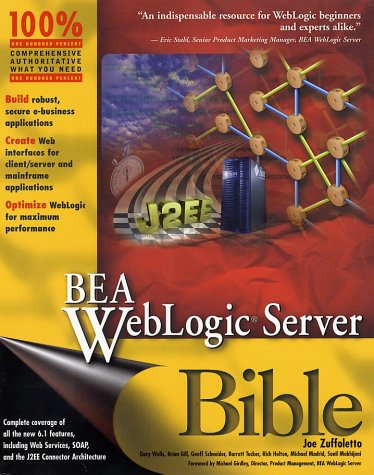
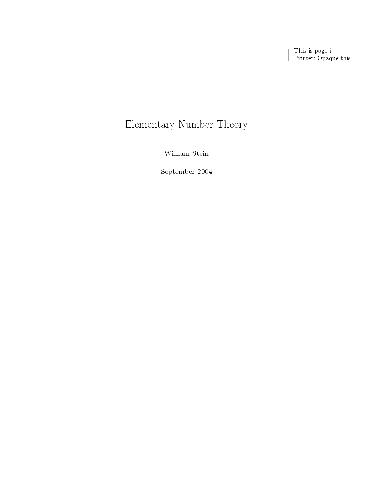
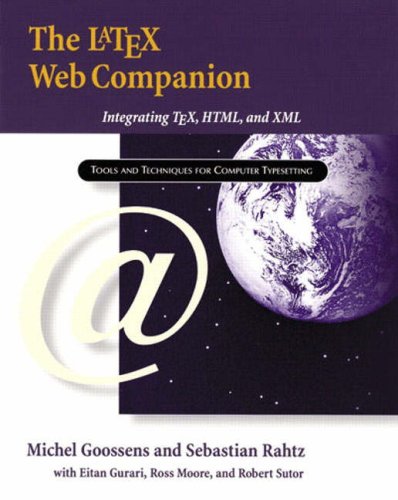
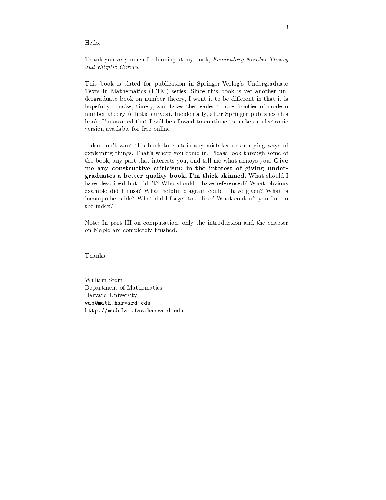
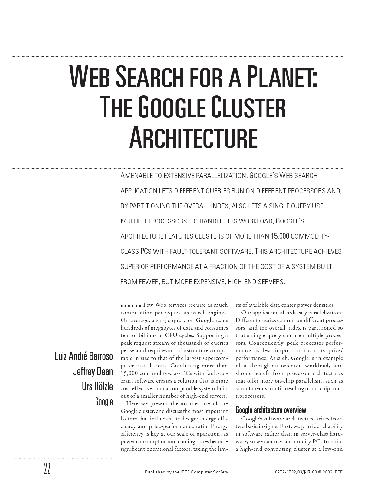
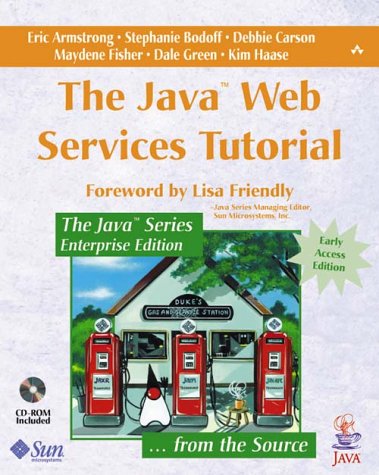

Reviews
There are no reviews yet.